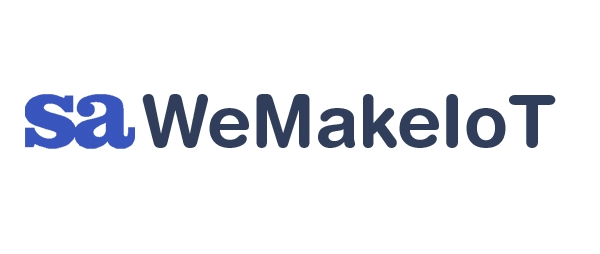How IoT Is Improving The Electronics Industry
Out of the many industries that the Internet of Things has been reshaping at incredible speed, the electronics industry is at the top. It took almost a decade for us to shift from ‘on-premise data center only’ to the cloud. Today, the cloud is now being complemented by edge analytics which enables faster data analytics even before the data is pulled into the network. Now, what if we combine data analysis on the edge with IoT data?
The outcome is a potential game-changer.
IoT’s contribution
To understand where the Internet of Things is contributing, you need to know about an offering from Cisco and IBM; something that can push computational workloads out of the cloud to the edge of the network. The whole concept combines the capabilities of IBM Watson IoT analytics technology with Cisco edge analytics which makes it a lot easier for organizations & businesses running remote, autonomous operations to easily understand and act on critical data on the go.
We believe combining IBM Watson & Edge analytics technology was a brilliant idea that expanded the capabilities of IoT while making IoT data even more important.
The catch?
There will always be a catch right?
Right. A perfect solution still doesn’t exist. Organizations in various industries operate at different regulatory constraints and will be using different combinations of technology. While many organizations across various industries have already adopted sophisticated modern technologies to up their game, many are still reluctant to embrace the various technological advancements. Dropping IoT into this mix will end up increasing the complexity while opening new dimensions. Nevertheless, this ‘multidimensional’ aspect of IoT is still disrupting industry borders and redefining what it means to be a competent organization.
How is all this connected to the electronics industry?
Manufacturers have been connecting devices & appliances for a long time now. The internet & WiFi boom opened new possibilities; particularly of a ‘connected home’ where electronic devices are connected together in a network & to the cloud.
These devices are now capable of computing. Using their sensors, they offload work from us. A bit more advancement and we will soon have devices that can predict the needs of homeowners and act accordingly. For this to be truly effective, the data from smartphones are analyzed on the edge to understand usage patterns and routines. Analyzing the data from various in-home IoT devices will give a deeper insight into the household’s preferences. This way the devices can schedule their own routines.
So the electronics manufacturing industry will have their work cut out for them. This also demands the IoT app development industry to keep up. Though the impact will be huge on consumer electronics, making such concepts work requires both manufacturers and IoT specialists to stay ahead of the game.
Now that you have an overview of the global impact of IoT on the electronics industry, let’s see how IoT is transforming electronics manufacturers.
IoT within an electronics manufacturing company
Manufacturing enterprises are key contributors in the global value chain, supplying to larger companies. As such, they must keep up with the digital transformation of their partners. To stay ahead of the game, they need to adopt industrial IoT through which they can expand their capabilities including but not limited to continuous monitoring & remote command.
According to Gartner, 75% of surveyed companies had already deployed at least one use case of IoT in the first half of 2019.
This innovation offers several benefits.
- Increased productivity
- Synchronized operations
- Reduced Time To Market
- Reduced cost & risks
- Predictive optimization
- Improved relationships
Manufacturing SMEs that invested in Industrial IoT use their own newly generated data to synchronize and optimize operations, and predict maintenance requirements. This data also give them real-time insights into their performance in terms of productivity and delivery time, which in turn enables them to create new value propositions for a better competitive edge.
To reach this phase however, SMEs will need resources. The lack of resources to facilitate IoT-powered digital transformation is possibly the biggest disadvantage of most SMEs. For such companies, an ideal approach would be to engage in a third-party strategic partnership with an IoT specialist that has the expertise to tailor a custom industrial IoT solution. Such partnerships not only accelerate time to market and close any technology gaps but also help create new digital business models; all while staying within the budget.
Endnote
By now, you should have understood that to utilize the full potential of the Internet of Things, you will need powerful technologies to complement it. Technologies like Artificial Intelligence, Machine Learning, Edge Analytics, Big Data, the cloud etc. are all involved in making the Internet of Things even more powerful than it is now.
To use IoT the way it is meant to be used, you will need a team of specialists both for IoT integration and IoT app development.



